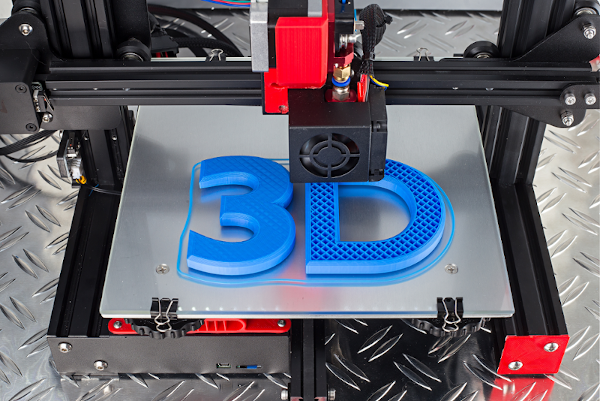
Charles R. Goulding digs into Sculpteo’s latest State of 3D Printing survey.
Sculpteo just issued their 23-page 2020 edition of “The State of 3D Printing” survey results which is well worth reading.
I particularly enjoyed the section on Power Users. They defined Power Users as end users who have used 3D printing for two years and spent at least $10,000 in the recent year. In our own business and that of many of our clients, there is sometimes a tendency to spend a disproportionate amount of time chasing after potential new sales leads as opposed to the higher probability results from taking care of existing customers. Our own client experience is that it is more likely that an existing 3D printer owner will buy more 3D printers than obtaining a first time purchaser.
Of course each 3D printer purchase results in higher margin material, peripherals and replacement parts annuity type sales. Moreover, existing clients have already received credit authorization approvals and completed customer on boarding processes.
The survey indicated that 70 percent of Power Users believe 3D printing is one of their business strengths and a competitive advantage. On the materials side, the survey indicated that Power Users lead the way with the developing technologies such as metals and ceramics.
Existing customers should also be positioned to integrate their new purchase eligible activities into their ongoing R&D tax credit program.
The Research and Development Tax Credit
Enacted in 1981, the now permanent Federal Research and Development (R&D) Tax Credit allows a credit that typically ranges from 4%-7% of eligible spending for new and improved products and processes. Qualified research must meet the following four criteria:
- Must be technological in nature
- Must be a component of the taxpayer’s business
- Must represent R&D in the experimental sense and generally includes all such costs related to the development or improvement of a product or process
- Must eliminate uncertainty through a process of experimentation that considers one or more alternatives
Eligible costs include US employee wages, cost of supplies consumed in the R&D process, cost of pre-production testing, US contract research expenses, and certain costs associated with developing a patent.
On December 18, 2015, President Obama signed the PATH Act, making the R&D Tax Credit permanent. Beginning in 2016, the R&D credit has been used to offset Alternative Minimum Tax for companies with revenue below $50MM, and startup businesses can obtain up to $250,000 per year in cash rebates applied directly toward payroll taxes.
Conclusion
Our recommendation is that 3D printing product sellers devote more time to analyzing their Power Users. We believe the results will speak for themselves.
